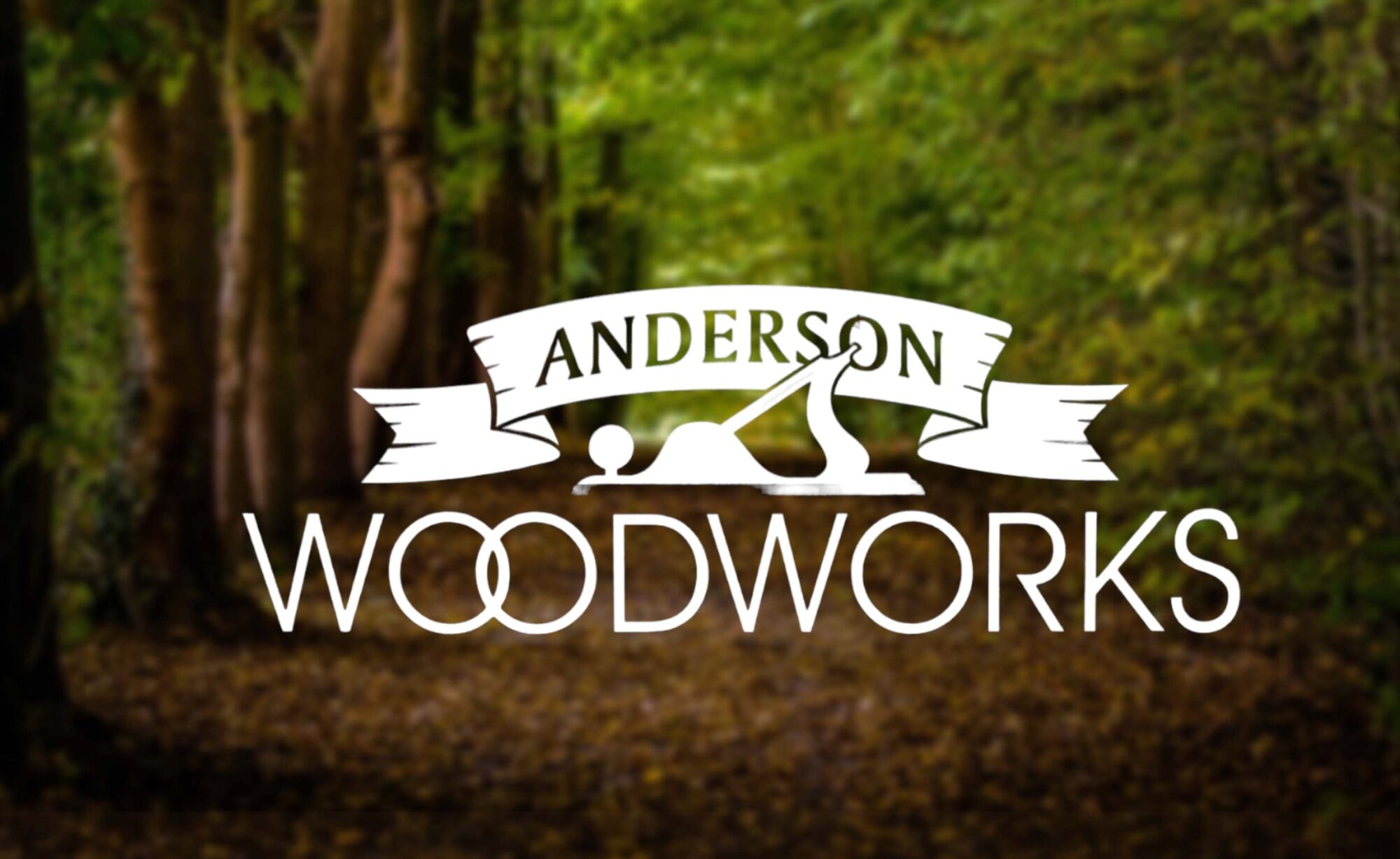Art is intertwined with our everyday lives, from the roads we drive on to the furniture we sit on. Everything we see is some form of art that shapes us mentally and physically. Free expression brings true happiness and beauty. However, political ideologies can sometimes stifle this freedom. Here’s a brief explanation of how that happens:
Political ideologies can influence artistic expression through censorship, propagandistic use, or regulatory controls. They may suppress dissenting voices, promote certain artistic styles aligned with their ideologies, or create bureaucratic hurdles that limit creative freedom. In this way, the political landscape can often constrain the boundless potential of art.
Positive Influences
- Inspiration: Political events, movements, and figures can inspire artists to create works that comment on, critique, or celebrate these themes. For example, protest songs, political cartoons, and murals often reflect significant political sentiments.
- Funding and Support: Governments and political bodies sometimes fund the arts through grants, public programs, or cultural initiatives. This can provide artists with the resources they need to create and share their work.
- Awareness and Activism: Art can be a powerful tool for raising awareness about political issues and mobilizing public action. Artists often use their platforms to communicate pressing social and political issues, fostering dialogue and change.
Negative Influences
- Censorship: In many places, governments may censor art that they find politically threatening, subversive, or controversial. This can limit the freedom of expression, stifling creativity and the ability to critique the status quo.
- Propaganda: Sometimes, political entities co-opt art for propaganda purposes, using it to manipulate public opinion or promote specific ideologies. This can compromise the authenticity and integrity of the artistic expression.
- Self-Censorship: Artists may self-censor to avoid backlash, persecution, or funding cuts. This fear can limit the scope and depth of their work, as they might steer clear of sensitive or controversial topics.
- Regulation and Control: Political and regulatory environments can create bureaucratic hurdles for artists, such as restrictions on public performances or the need for approvals and permits, which can hamper artistic endeavors.
Historical and Cultural Context
The impact of politics on artistic expression can vary greatly depending on the historical and cultural context. For instance:
- Totalitarian Regimes: Often exhibit stringent control and censorship over the arts, promoting works that align with state ideologies while suppressing dissent.
- Democratic Societies: While generally more permissive, can still exhibit subtle forms of control or influence through funding priorities and cultural policies.
In essence, politics and art are deeply intertwined, each influencing the other in complex and multifaceted ways. The dynamic can either empower and enrich artistic expression or constrain and limit it, depending on the broader political landscape.

Here are five historical examples where politics significantly influenced artistic expression:
1. Soviet Union and Socialist Realism
In the Soviet Union, Socialist Realism was promoted as the official artistic and literary style. Artists were expected to depict communist values, glorify workers, and highlight the accomplishments of socialism. Avant-garde and abstract art were suppressed, and artists who deviated from the prescribed style faced severe consequences, including imprisonment or exile.
2. Nazi Germany and Degenerate Art
The Nazi regime in Germany conducted a campaign against what it termed “Degenerate Art” (Entartete Kunst). This included modernist and abstract works, especially those created by Jewish artists or those deemed politically subversive. In 1937, an exhibition was held displaying these works to ridicule and condemn them, while simultaneously promoting art that adhered to Nazi ideals of Aryan purity and classical beauty.
3. Mexican Muralism Movement
In post-revolutionary Mexico, the government commissioned large-scale murals to promote national unity and socio-political messages. Artists like Diego Rivera, David Alfaro Siqueiros, and José Clemente Orozco painted murals that depicted Mexican history, indigenous culture, and revolutionary ideals, effectively using art as a tool for political and social change.
4. Chinese Cultural Revolution
During the Chinese Cultural Revolution (1966-1976), Chairman Mao Zedong’s regime imposed strict controls on artistic expression to align with communist ideology. Traditional Chinese art and Western influences were denounced. Artists were encouraged to create works that glorified Mao, the Communist Party, and proletarian struggle. Many artists and intellectuals were persecuted, and a significant amount of cultural heritage was destroyed.
5. American Civil Rights Movement
The American Civil Rights Movement of the 1950s and 1960s saw art become a powerful tool for activism. Musicians like Nina Simone and artists like Jacob Lawrence depicted the struggles and aspirations of African Americans. Protest songs, posters, and visual art played a crucial role in mobilizing people, capturing the emotional and political fervor of the movement.
These examples illustrate how different political environments and ideologies can shape the creation, dissemination, and reception of art.

Discover more from Anderson’s fine furniture
Subscribe to get the latest posts sent to your email.
